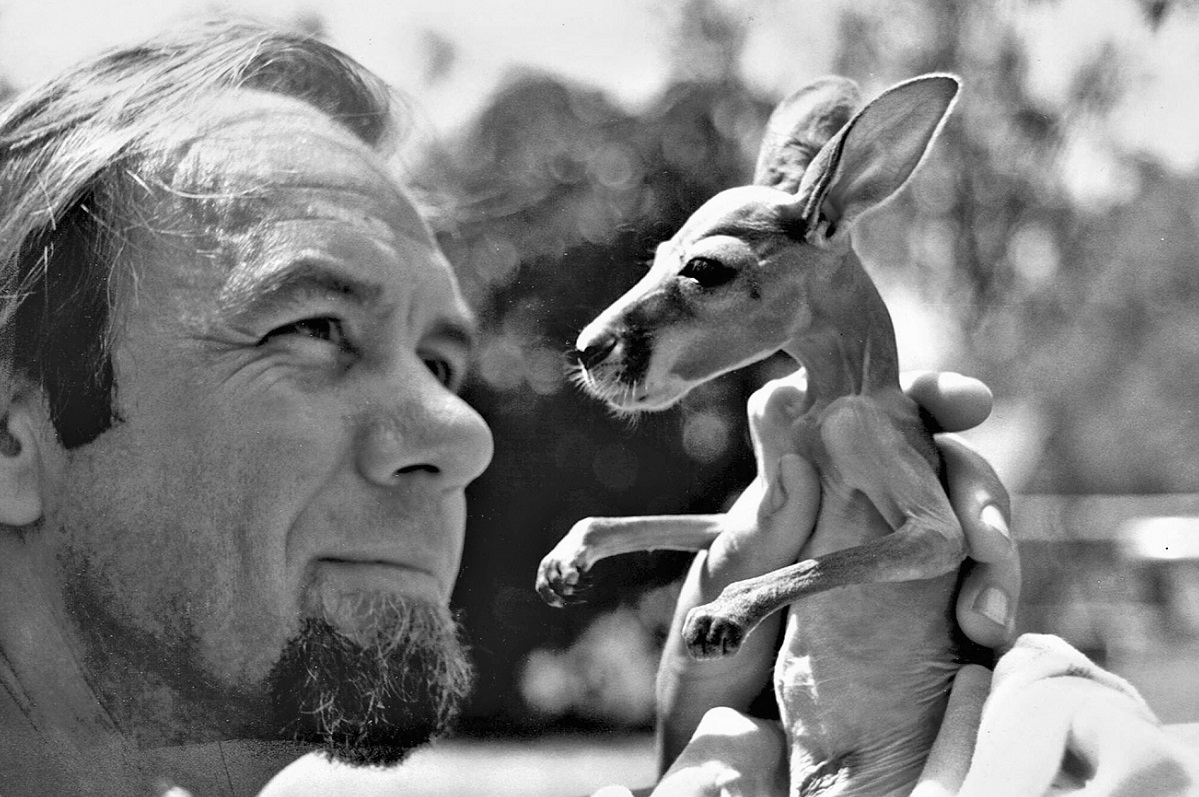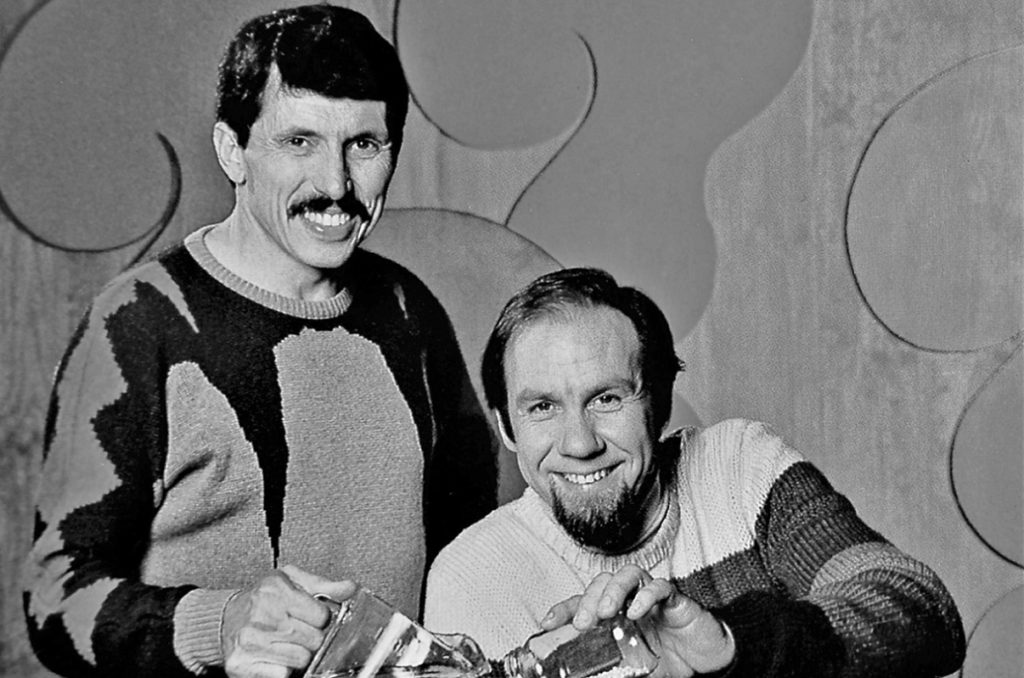
From using a sex doll to win a scientific debate, to unexpected and rather dubious antics with Humphrey B. Bear, Flinders University professorial Fellow Rob Morrison lifts the lid on the enduringly popular TV Program Curiosity Show.
Curiosity Show is currently a YouTube sensation, with more than 100,000 subscribers to its dedicated channel, and holds the fascination of a new generation of children. Its appeal is so strong that Professor Morrison has recalled many of the amusing and unexpected incidents surrounding the original programs in a new book, Curious Recollections: Life in the Curiosity Show (published by Wakefield Press).
“The beauty of science is that it’s timeless and ageless. That’s why the experiments we performed on Curiosity Show over 18 years can still be appreciated in their original form,” says Professor Morrison. “There is certainly a great deal of competition on YouTube, but we were fortunate in having our segments, in both the studio and on location, produced by a very professional team.”
As both a science communicator and an academic, Professor Morrison – awarded an OAM in 2004 for services to conservation, science education and science communication – says he was fortunate to have emerged in the era when teaching and promoting science through the media was just starting to be embraced by universities and teaching institutions, and is grateful that Flinders University was in the forefront of this innovation.
“What the TV program did was encourage interest in a generation of budding science students, and it built a bridge between popular science communication and formal scientific study,” says Professor Morrison.
“Deane and I grew up in the era before TV, so we simply put on TV the sort of things that amused us through our childhood. It worked, because every child likes the exciting things that science studies – the animals, volcanoes, explosions – but by the end of primary school most of them have stopped learning science. Rather than needing to turn on a new generation to science, we instead have to stop turning off their inherent interest in science.”

Professor Morrison has written 33 books and co-authored another 13, mostly on natural history and science for children. One of these – A Field Guide to the Tracks and Traces of Australian Animals – led to him being an expert witness in the Lindy Chamberlain trials. However, he says it was more fun to write a memoir on the influential TV show that encouraged children to participate in science by building and conducting their own experiments at home.
“In wanting to explain what had happened on Curiosity Show to my six-year-old granddaughter, I started writing a few of the anecdotes and realised they explained a whole world of things that happened behind the cameras in an era of TV production that is now largely gone,” he says. “It went a lot further than what I told my granddaughter and we had some pretty hilarious times, from to using a sex doll to win a scientific debate, to unexpected and rather dubious antics with Humphrey B. Bear.”
Professor Morrison remains an active conservationist, having headed South Australia’s zoos for six years and chairing many boards of science and conservation bodies. As former Patron of National Science Week SA, he is also busy with several public science events during August.
On Saturday August 10, as Patron of the Hills Regional Science Hub (set up under Inspiring Australia), Professor Morrison will attend the Hills Science Hub open day at Cleland to deliver a session on identifying Tracks and Traces of various animals.
On Saturday August 17, Professor Morrison and Dr Deane Hutton will be on stage at Melbourne’s Iwaki Auditorium in Southbank to present the educational concert Sounds Like Science – With the Curiosity Show, and the Victorian Youth Symphony Orchestra.

